Published Jun 26, 2014
The 1964/65 New York World's Fair And The Design of Star Trek, By Doug Drexler
The 1964/65 New York World's Fair And The Design of Star Trek, By Doug Drexler
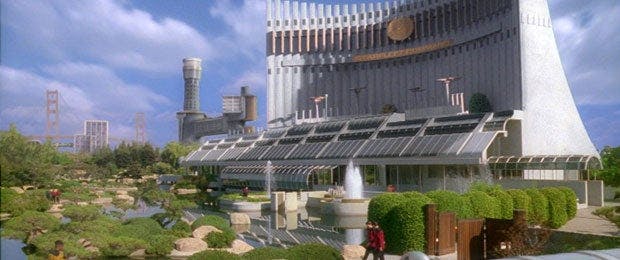
“The answers we seek will be found in the near tomorrow… Let us explore together the future. A future not of dreams, but of reality. For much of what we are about to see is even now beyond the promise, and well on its way to tomorrow’s world…”
- Narrative from the General Motors Futurama ride at the 64/65 New York World's Fair.
Twice a week, and for two summers, impressionable 11-year old Doug Drexler was dropped off by his Dad at the front gate of the World of Tomorrow. It did not necessitate a slingshot around the sun, nor did it call for call for Mr. Atoz and his Atavachron. The lad’s awe-inspiring and futuristic destination was not some far-flung decade, but then and there in 1964. It rose from the most unlikely of places… a landfill in Flushing Meadow that F. Scott Fitzgerald called "The Land of Ashes." It was the 1964 New York World’s Fair, it was the proverbial World of Tomorrow, and it would impress him to the core.

Long before there was Internet, there were World’s Fairs. That’s how new ideas were introduced. Affluent American corporations opened their dream labs to a wide-eyed public... in person. It was only 20 years after World War II, and American industry was booming. As a result, the 1964-65 New York World’s Fair was the largest international exhibition ever built in the United States. It was nicknamed "The Billion Dollar Fair," and it was all about THE FUTURE. Never before, and never again, would there be such an amazing conglomeration of optimistic, sci-fi, wet-dream futurism in one place.
As science officer Spock observed, time could be perceived as a river, with eddies and backwashes. Someone else was washed up onto that World's Fair shore, and our paths undoubtedly crossed at the jetting waters of the iconic Unisphere, or trekked side by side along the undulating Kodak Moon Deck, or stood in line at Ford’s Magic Skyway. My fellow time traveler was Walter “Matt” Jefferies… aviator, illustrator, art director, who would become one of the most important artistic influences in my life. Forty years later, Matt would tell Mike Okuda and me what an impression the Fair had made on him. When he returned home from the exposition there was a message waiting “… from a guy named Roddenberry.”

Matt would draw inspiration from the Fair while designing Star Trek, and it continued to guide us in the coming years. The ‘64 NY World’s Fair was a nexus of sci-fi extrapolation influencing the look of science fiction films, and in particular Star Trek, to the present day. As a kid on the loose at the fair, I helped myself to all the printed material that I could carry. Some of it ended up on the wall of the Trek art department as a source of inspiration three decades later.
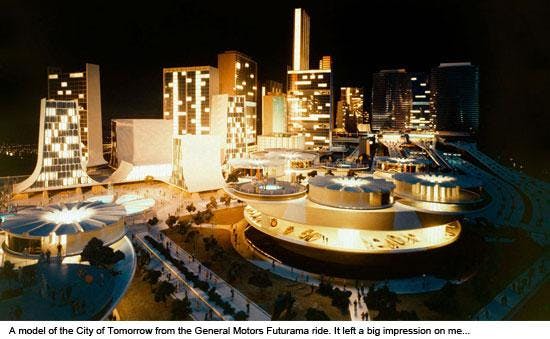
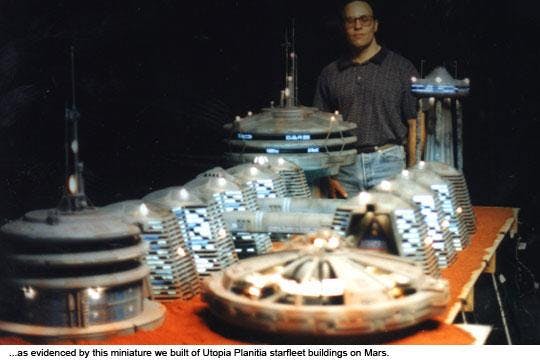
Matt Jefferies absorbed it all with intense fascination. Pavilions for Ford, General Motors, New York State, and Bell Systems were designed by some of the world's leading architects. Firms like Phillip Johnson, Welton Beckett, Harrison & Abramovitz, and The GM styling staff headed by the legendary Bill Mitchell, left an indelible mark on Star Trek. It was like the City of Tomorrow had been dropped out of nowhere into Flushing Meadow. It was my nirvana... but like Roy Batty, it came with an expiration date. Picture this... What if I told you that Disney was going to build a park bigger and bolder than Disney World, and tear it down after two years? You wouldn't believe it in a million years. But that's exactly what they did in New York City, and at the end of the Fair's 1965 season they demolished it. Just like that. Gone, baby! Gone!
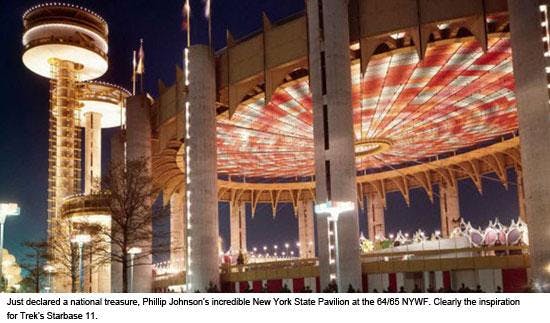
The next year, a consolation prize premiered on NBC Television - Star Trek. It was a spinoff of the World's Fair. This time, I held on with all my might, and when they tried to tear that down after two years, this time I fought. I fought in the mails, and I fought in the newspapers. We saved Star Trek for one more year. Eventually, and despite our best efforts, they tore down the Enterprise as well. I learned a valuable lesson: that you make your own World of Tomorrow. You sketch, draw, write, and dream. In 1967, Stephen E. Whitfield published "The Making of Star Trek." I'm 12 years old and reading call sheets, looking at concept sketches, production reports, set diagrams, and script notes. And then it hit me... there was a way to become a part of that world... MY WORLD.
In 1986, Star Trek producer Gene Roddenberry was given the green light to reboot his brainchild. It would be called Star Trek: The Next Generation. This time, I was ready.
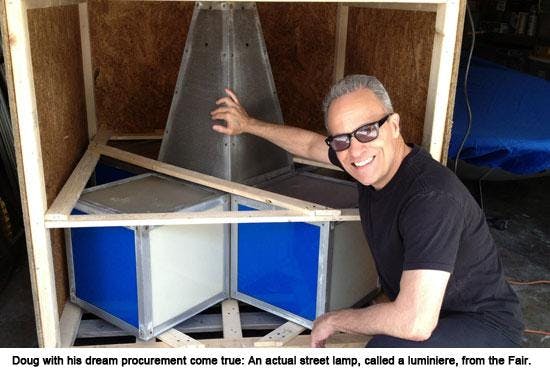
I was able to use my movie makeup credentials to meet Michael Westmore, the makeup supervisor on TNG. If you know anything about Hollywood makeup, you know that the Westmore family practically invented it. Just meeting Mike was a thrill. But working on Star Trek? Unfortunately, I was in the east coast makeup union, and making the transition from east to west was considered by my peers to be nearly impossible. Well... not much is impossible for Warren Beatty. He wanted us for Dick Tracy, and whatever Warren wants, Warren generally gets. We would enter the west coast union as part of a deal that would insure that Dick Tracy was an IATSE project. The knowledge that I could now work on Star Trek if I wanted to was intoxicating.
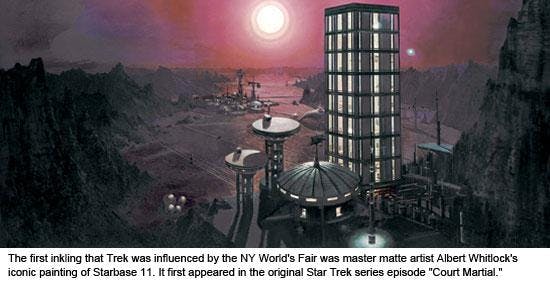
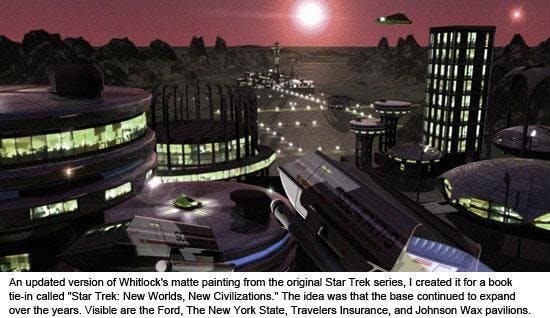
Well, Mike Westmore and I hit if off from day one. As soon as Tracy wrapped, I went across town to Paramount, and worked with Mike for three seasons. Every time I entered those iconic gates, I remembered what my dad said to me when I was fourteen: "... if you spent half as much time on your school work as you do on that television show, you'd be alright!"
How sweet it is!
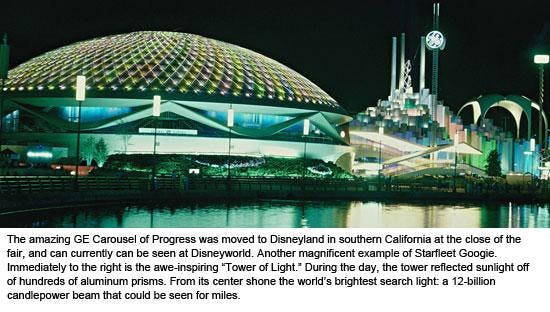
I was living on a 23rd century starship, 15 hours a day, 5 days a week! Not only was I working on Star Trek, but it was like being back at the World's Fair. This time, I was a part of the family. I was simply blown away by the believable, and futuristic starship sets. The only thing missing was the powdered sugar aroma of those NYWF Belgium waffles (in its place was the smell of cat pee, but that's another story). I was seduced by the design behind Star Trek, and I knew what I had to do next. The Star Trek art department. That's where I belonged. It was a job I had been studying for since I was 12 years old.
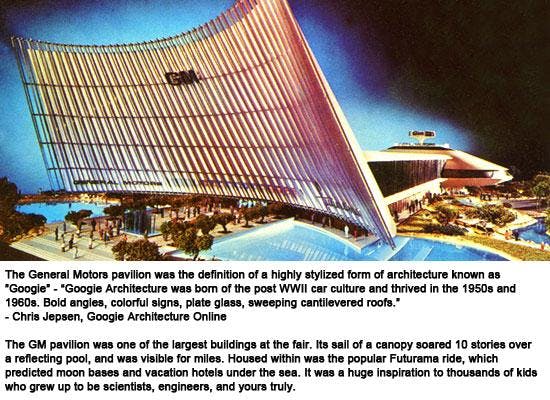
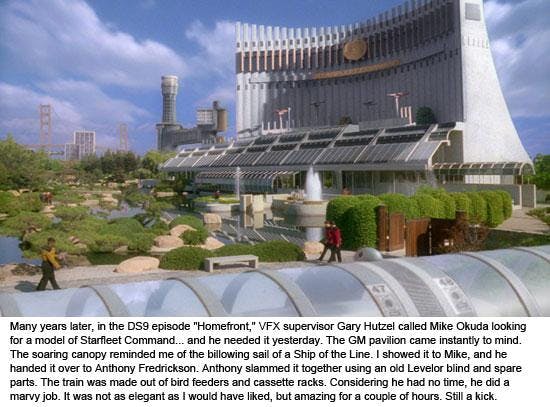
When Mike Okuda helped me make the jump from Makeup to the rarefied air of the Art Department... that place where starships were born... not only would I would be privy to a wonderful world of science, art, and imagination, but I would become a part of it, working hand in hand with people that I idolized. I would not only be wowed by their incredible talent and skill, but also by the unique characters and personalities that drove this Trek design juggernaut... and their dedication to Gene Roddenberry's mandate of believability. I had reached World's Fair nirvana!
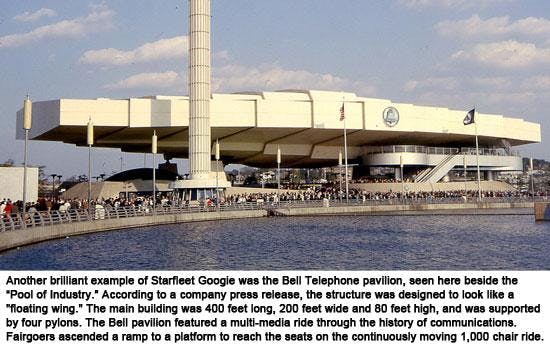
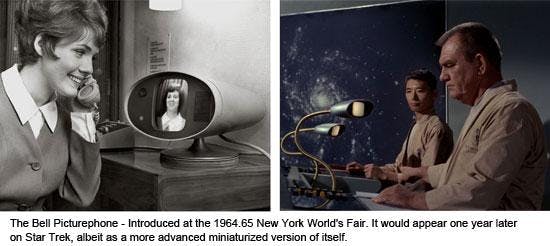
Star Trek treated the future and technology the same way the New York World's Fair did. Every day people wonder in awe at how many Star Trek technologies have come to be realized. The New York World's Fair, and Star Trek, boldly and optimistically predicted future technologies like nothing else before or since. Some describe them as naive in their blue-sky outlook. But here is the truth of it... we need a certain naivete in order to progress. The Fair's message to us 50 years later? Dream... just like its iconic offspring... Star Trek.
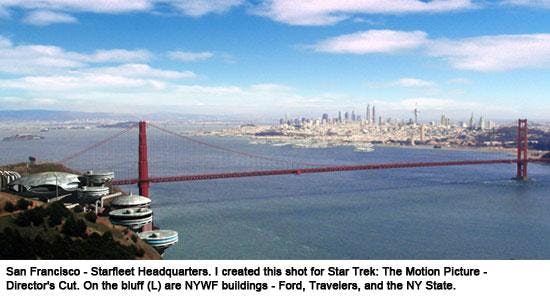
“… The time traveler flies high above a glittering City of Tomorrow, and the Futurama journey comes to an end. The present is but an instant between an infinite past and a hurrying future…Technology can point the way to a future of endless promise, but man must chart its course into tomorrow. A course that frees the mind and the spirit as it improves the well-being of humankind.”
- Closing Narrative from the General Motors Futurama at the 64/65 NYWF
Doug DrexlerNorth Hollywood, Ca.
NOTE: If this recollection stirred any interest in you, and I imagine that it did, you’ll want to pick up "1964-1965 New York World's Fair." A terrific book by Bill Cotter and Bill Young. Published by Arcadia. You can find it on Amazon. -- Doug Drexler

